

In Focus is Archinect's series of features dedicated to profiling the photographers who help make the work of architects look that much better. What has attracted them to architecture? How do they work? What type of equipment do they use? What do they think about seeing their work in blogs?
In this feature, we talk to Brooklyn-based photographer Jade Doskow.
Archinect: What is your relationship with architecture? What drew you to architecture, as a photographer?
Jade Doskow: I believe strongly in the aura and spirit of a place and how it affects us psychologically. It is impossible to describe fully what a profound influence the constructed environment can have, yet it is a difficult thing to put into words—better described photographically. I appreciate the challenge of effectively bringing a three-dimensional object in space into the confines of a photograph; it is an inherently contradictory notion, yet most people experience much of the world’s iconic architecture only through photographs. I have lived in New York since 1996 and have learned to guard oneself against sentimentality here. The skyline rises and falls, and the architecture transforms in tandem with societal expectations and cultural goals. It is important, as an artist and photographer, to capture some sense of that. So I suppose in the end, I make pictures to describe our dreams and goals as seen through structure, and the fall of those dreams through pragmatic modern challenges such as maintenance budget and natural wear and tear, the fallen mini-utopias of modern architecture.
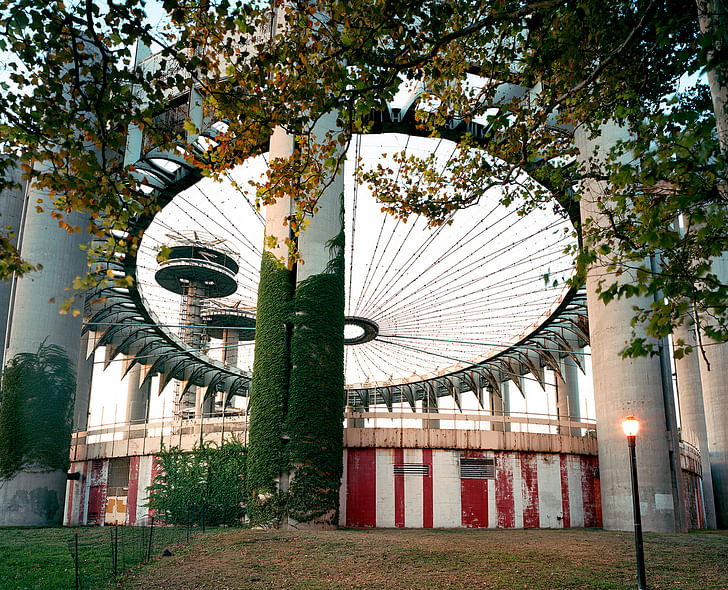
My interest is capturing the aura of the sculptural object in space, less than a didactic ‘architectural photograph.’Describe how you work... who are your clients?
JD: For the most part, I am my own client, working on projects that I continue over long stretches of time. My largest and most current body of work involves traveling and photographing the remaining architecture and landscaping from world’s fairs, illustrating how these past-utopian structures interact with today’s environment. Right now I have been fortunate in having the work shown frequently online and in some excellent publications, such as American Photo, Preservation, Wired, the New York Observer, and NPR, to name a few. I will be exhibiting large-scale photographs in 2014/ 15 here in New York, timed with the 50-year anniversary of the 1964 New York World’s Fair. I have a gallery that represents me in Santa Barbara, California, Wall Space Gallery, and I also contribute work to the Esto archive of architectural photography.
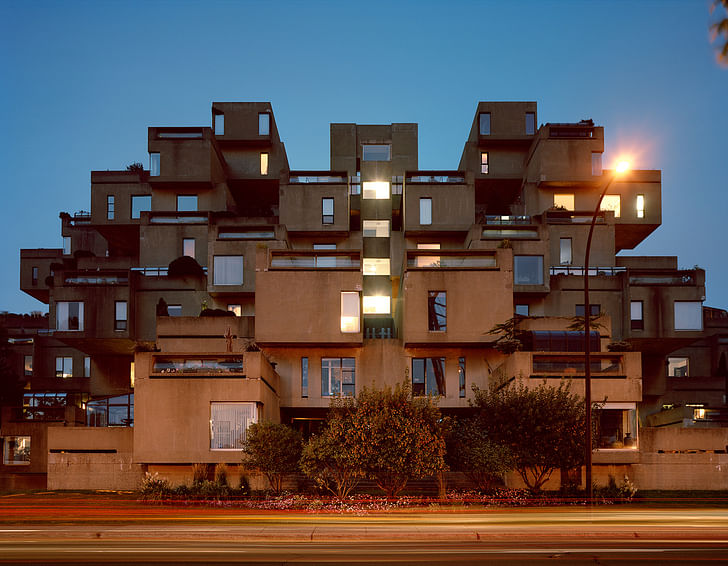
Do you mostly work in a specific region? What is your travel schedule like?
JD: Right now I am working toward a specific goal for my largest project to date, which is a series of photographs of the remaining architecture and landscaping of world’s fairs internationally. This year and next, I will be traveling to 9 sites in North America to finish this first phase of the project. After that, I will be traveling internationally more; usually my shoots are timed around my work as a professor and educator (at the School of Visual Arts and the City University of New York).
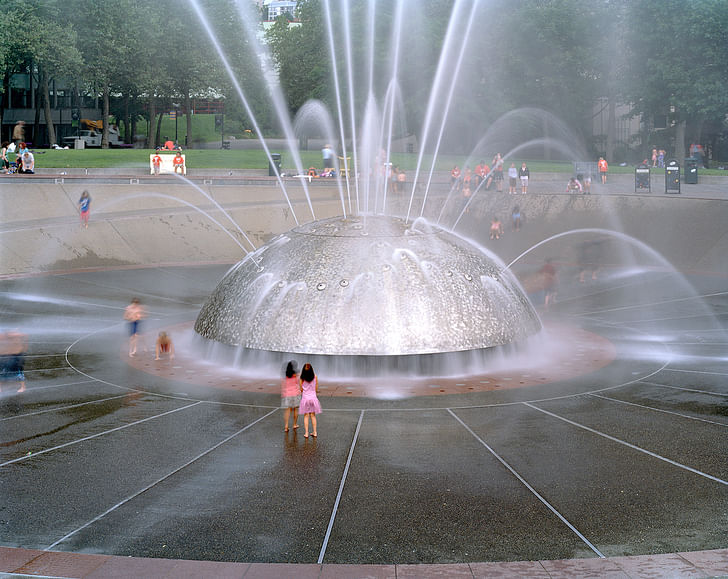
What is your goal when capturing buildings in photographs?
JD: My interest is capturing the aura of the sculptural object in space, less than a didactic ‘architectural photograph.’ I have developed a style that describes both the innate structure of the thing as well as the energy it possesses in symbiosis with the landscaped (or wild) environment. There is poetry and a rhythm to every building and it is important to respect that in the final photograph.

What are your thoughts about including people in your photos? Is it important to photograph a building in use, or by itself?
JD: It really depends on what is being photographed. For example, when I photographed Buckminster Fuller’s Geodesic Dome in Montréal, it was important to isolate the structure visually in order to emphasize its abstract qualities. When that picture is seen with my other photographs of mid-century utopian architecture, it becomes a collection of sculpture in photographs rather than a system of ‘buildings.’ In other situations, like my photograph of the Eiffel Tower, it was essential to show the tourists lining up outside of the tour buses; otherwise, it is just another tourist picture of the Eiffel Tower. It had to be about both the famous structure and how it is enmeshed in this environment of tourism.
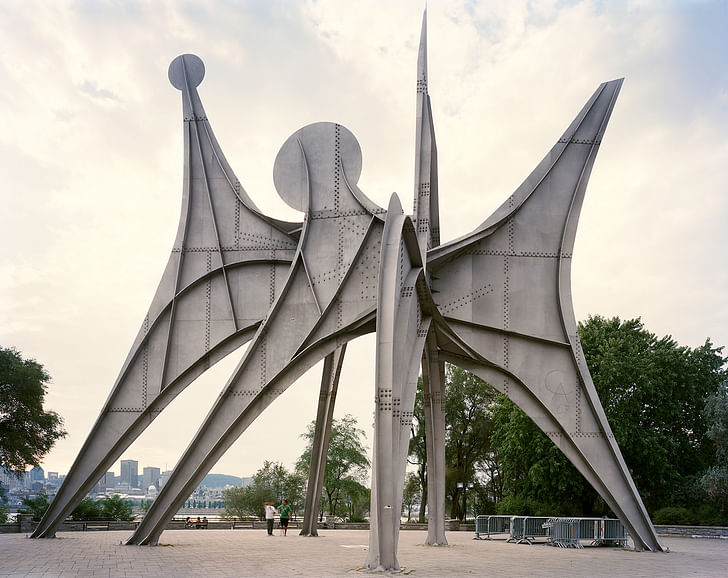
There is a slowness and meditation required of the large camera that works well with my approach.What are your favorite pieces of equipment?
JD: I love my Arca-Swiss 4x5 camera and 90 mm lens. There is a slowness and meditation required of the large camera that works well with my approach. If there was a digital large-format camera that made sense I would use it, but for now, I am still using film. I am a bit of a minimalist in regards to how much gear I take with me and enjoy the challenge of whatever weather or situation I am forced to work with.
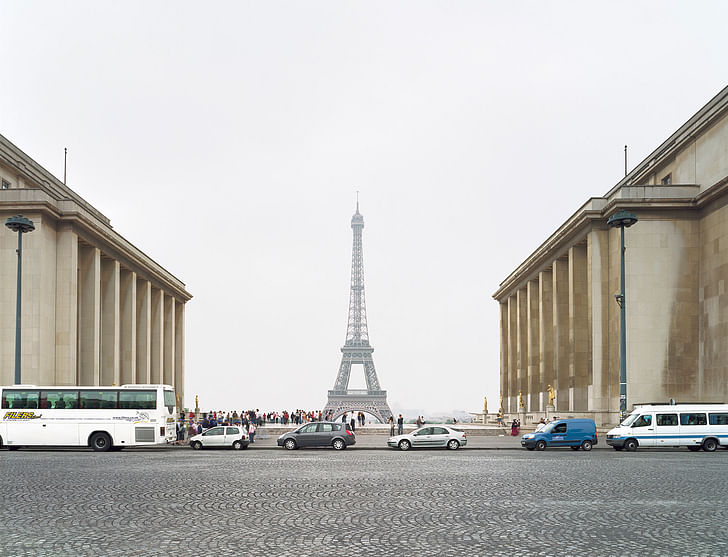
Do you work alone?
JD: Usually, no. I typically have 1 assistant with me on shoots, and somebody to help out in the studio. I like the energy of having people along to make the work. My last world’s fair shoot this past August in Nashville, Tennessee my husband and 3-year-old came along—that was an adventure!
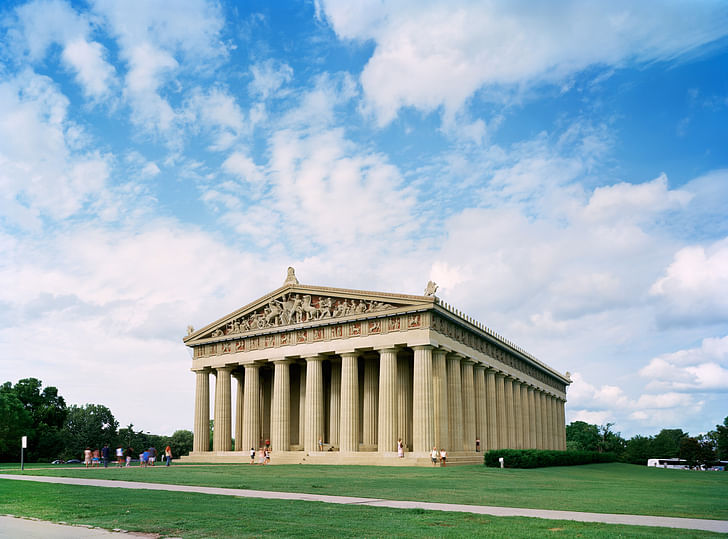
How do you feel about seeing your photographs on blogs and websites?
JD: I have been happy with the amount of visibility my work has online; I imagine this huge, vast, invisible audience that gets to experience my photography in their own individual intimate, unique settings. It can be unsettling to come across my pictures when they are used without permission, but for the most part, people are respectful and include copyright information or a link to my website. In this day and age, you either have to completely remove yourself from the digital world or embrace it entirely.
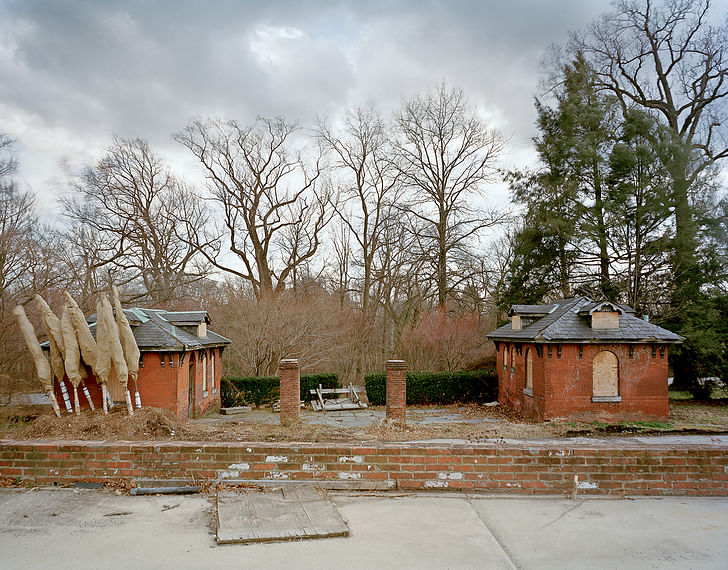

Jade Doskow
Jade Doskow is an award-winning photographer based in Brooklyn, New York. She holds a BA in Philosophy of Art and Music from New York University’s Gallatin School of Individualized Study and an MFA in Photography & Video from the School of Visual Arts. She is currently on the photography faculty of the School of Visual Arts and the City University of New York. Doskow’s work focuses on the complex and often contradictory relationship between utopian architecture and the ever-changing environment around it, which she captures with a large-format 4x5 camera.
No Comments
Block this user
Are you sure you want to block this user and hide all related comments throughout the site?
Archinect
This is your first comment on Archinect. Your comment will be visible once approved.